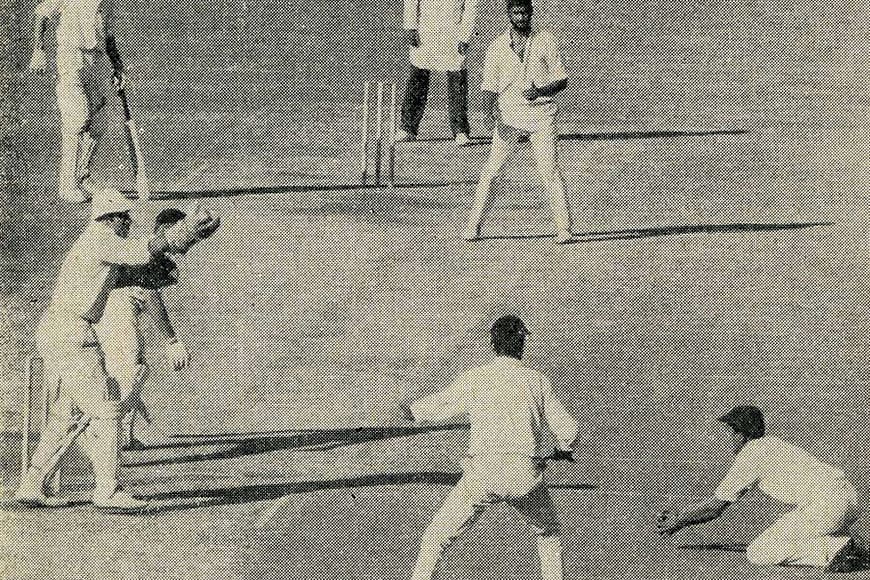I started watching cricket in 1969 on Doordarshan and it was fun and a nationalist feeling! Although India was not rated as a very good cricket playing country but every time an Indian bowler took an Australian or English wicket it was a feeling of pride! I remember young Mohinder Amarnath clean bolding two great Australian openers on his debut as a fast bowler and the whole country was ecstatic that now we have a bowler of world class pace. The game fascinated me so much that I was able to find myself in university team few years later. Once our university was to play Satguru Guru Nanak University, Amritsar in an inter-university match in Kurushetra and our opener fell sick after knowing that other team’s bowling will be opened by Mohinder Amarnath and Madan Lal. As an extra in the team, I was asked to open and I remember the feeling of fear and nervousness during that short lived innings before getting caught at slips for Mohinder delivery in the third over.
This was the time when Indian cricket was in the hands of Tiger Pataudi and he was seen as one of the smartest captains in the world. This is time I also came across a book, “Smartest cricket captains in the world” and found Lala Amarnath as the only Indian described in that. Lala was not just smart but also very shrewd and used to play on the psyche of the umpires and the batsmen. This is where my love with the game started not just as a lover of the game but I started respecting the sport for its strategic intricacies. I started understanding the importance of clever and smart thinking captains. I enjoyed my learning’s through the era of Indian spin quateret of Bishan, Prasanna, Chandra & Venkat and the advent of short leg & silly point fielding by Eknath Solkar. This was an era of not just great spin bowling but also very clever thinking and field placements by the captains. This is where I started reading the moves made by the captains for bowling as well as field placements. A captain is required to not only manage his batting, bowling and fielding resources but also keep a sharp eye on the pitch condition, weather, body language of the opposition as well as understand the strategies of the other team on and off the field. On top of that commentators like Devraj Puri were very good in even explaining the importance of a type of pitch roller used by the captains.
After Tiger’s retirement from the game, Ajit Wadekar lived his legacy for a short time but following captains were not very innovative in their thinking. This is the reason till Kapil Dev came on the scene Indian cricket was little boring. Kapil was an aggressive and street thinker towards his approach and that is what made India a superpower under his captaincy. This was once again briefly followed by Azhar but Ganguly brought ingrained aggressive approach in the DNA of Indian cricket forever. This was very effectively inherited by Dhoni and he is setting his own standards for not only Indian cricket but enjoys the respect of other captains for this thinking and handling of resources. It is heartening to see that there is a pool of some very aggressive and smart thinking players coming up to continue Dhoni legacy in the times to come.
